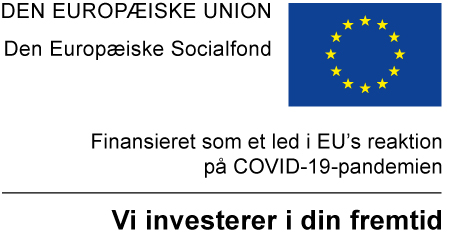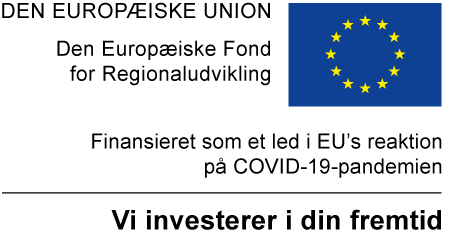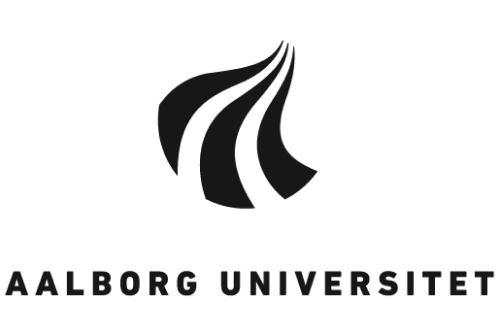Debate post: Don't forget to utilize CO2
The entire CCUS value chain is important for realizing sustainable business development
The government's plan for CCS is a strong and absolutely necessary step to reduce Denmark's CO2 emissions by 70% in 2030. If Denmark is to meet the ambitions of climate neutrality in 2050 and share in the potential of Denmark's next business adventure, the government must also prioritize the use of CO2.
By: CCO Michael Lundgaard Thomsen, Aalborg Portland. Rector Per Michael Johansen, Aalborg University and chairman of the CO2Vision steering group Mogens Christen Gade.
Brought to Børsen Bæredygtig on 11 September 2023
The capture, use, transport and storage of CO2 is central to achieving the climate goals. In Denmark, the business lighthouse in North Jutland - CO2Vision - works to make capture, use, transport and storage a position of strength for business development. The ambition is to capture, use or store CO2 rather than emit it, and to produce future green fuels and other products with captured CO2 and hydrogen.
The goal is not straight ahead, and several bumps must be overcome along the way. Some bumps are solved through research, education and development of technologies, while others are solved through government regulations, investment and coordination.
Therefore, the government's plan for CCS (CO2 capture and storage) is a key milestone for the work with infrastructure, transport and storage of CO2.
In concrete terms, the government is planning a comprehensive pooling scheme for CCS, which will result in two major tenders to increase the capture and storage of CO2, a main law on the infrastructure for the transport of CO2, which applies to all forms of piped CO2 transport, and they set up uniform conditions for investments in CO2 storage. In this, the foundation is laid for working with an interconnection and the simplification of CO2 capture and storage, and thus for strong conditions in relation to investments, ownership and regulation of the transport of CO2.
All of these are initiatives that will take the capture, transport and storage of CO2 into the next phase and contribute to Denmark achieving its climate goals.
A both-and
In parallel with capture and storage, we can and should also work nationally with the development of the technologies for the use of CO2.
The technologies for capturing and storing CO2 are the most advanced, and are therefore the answer to the need to reduce CO2 towards 2030. But that should not prevent us from looking at the benefits for the climate, employment and growth that we can achieve by also pushing for development of green technologies within application.
The different technologies for capture, transport, storage versus use are not an either-or. They are a both-and. If we develop the various technologies in parallel, and if we implement them at the pace they mature, we will achieve the CCUS value chain, which can collectively contribute to major climate gains and business development perspectives. It is this holistic way of thinking that is the starting point for our CO2Vision work in North Jutland.
The role of companies in the CCUS
In the development, testing and maturation of technologies for CO2 capture, use, transport and storage, we depend on the contribution of a wide range of companies. Both large players and the many small and medium-sized companies. The potential is great in becoming sub-suppliers to the new industry, and at the same time the workforce in small and medium-sized companies is necessary for the transition. Therefore, we must do what we can to get them on board.
Before companies saddle up and jump into the CO2 adventure, a number of challenges must be dealt with. Experience from CO2Vision has shown that small and medium-sized companies need a greater knowledge of the area before they are willing to invest in equipment and skills that they will only see the benefits of in several years.
But small and medium-sized companies have previously had a decisive role in developing new forms of energy and technologies.
The development of wind turbines started with enthusiastic inventors who were willing to try their hand at a new and unknown market. As the wind turbines were still at an early stage, the state established research programs and support schemes. The state's investments pushed the immature technology, which was thereby accelerated. In the long run, the investments proved to be the right strategy. Today, the state gets the investments in the wind turbines back in the form of exports, jobs and shares in energy parks.
The same approach to CCUS can have an impact on whether Denmark gets to share in the development opportunities that lie in also using CO2 as a resource for the green products of the future.
In relation to the maturation and testing of technologies, the development of the green education of the future, the guidance of companies and the enhancement of the skills of employees, a national, political holistic approach will involve more small and medium-sized companies in the green transition. If more players join in the development of technologies, the quantity and variety of tested solutions increases. This increases the likelihood of finding more energy-efficient and competitive solutions, while spreading the risk. When the technologies have matured, the necessary learning and the right skills will be widely available and ready to bring forward on a large scale.
Therefore, we hope that in the future, as an extension of the plan for CCS as a strong and absolutely necessary step to reduce Denmark's CO2 emissions, the government will focus on the use of CO2, just as we do in our business lighthouse in North Jutland CO2Vision.













